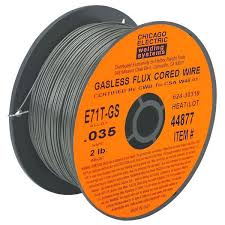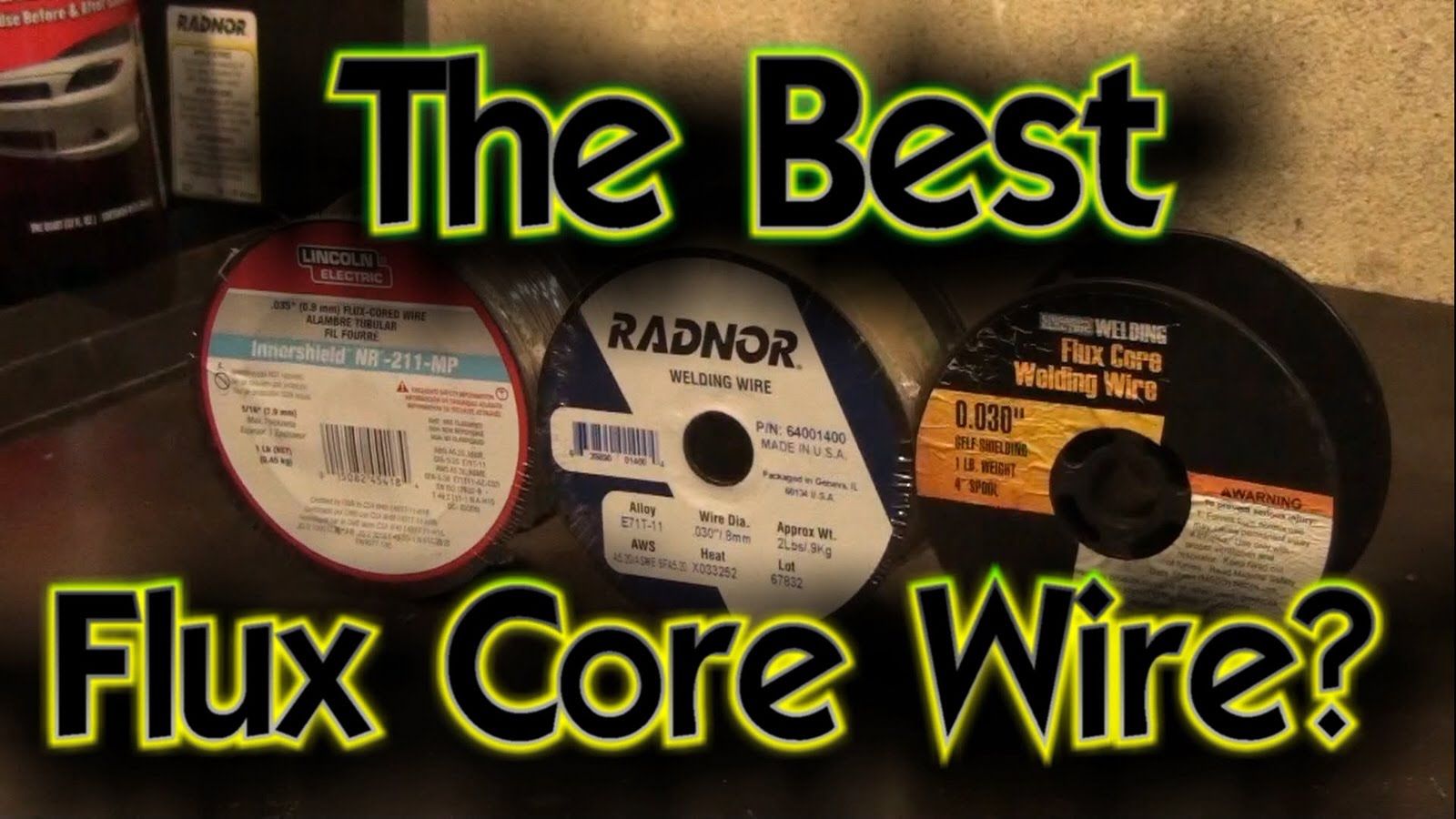Welding techniques are sought after by some people who want to learn to weld. We can find these techniques in vocational or technical schools. However, ordinary people who want to open a welding workshop, for example, tend not to have time to study formally. Meanwhile, if you are actually an experienced worker who uses a flux core welder, we suggest you check out this excellent flux core wire.

Therefore, we will provide 8 welding tips for you:
1. Clean the material to be welded. Use a hammer to descale the surface of the area to be welded. Use a steel brush for maximum results.
2. Put the material to be welded in the space provided. Whether it’s using a work table or just putting it on the floor. Adjust the density between the two ingredients.
3. Put the welding machine mass on one part of the material to be welded. Insert the electrodes on the electrode clamp panel on the welding machine. Install the tilt of the electrode according to the position of the material. Usually, there is a special place for the electrode slope on the electrode clamp pliers. Whether it’s perpendicular to 90 degrees, 30 or 40 degrees.
4. After the material is ready to be welded, slowly bring the electrode tip to the material to be welded.
5. The distance between the tip of the electrode and the material to be welded greatly affects the quality of the welding. If the distance is too far, there will be sparks like a shower of fire spots. The welding process will be imperfect. If the distance is too close, the fire doesn’t burn completely. And there is not enough distance for the electrode melt. A good distance is one-eighth of the thickness of the electrode.
6. By using a protective mask or welding goggles, you can pay attention to the part of the electrode that has melted that joins the two materials being welded. Slowly move the electrodes along the welded area.
7.Good results during the welding process can be seen when the welded surface is shaped like a tight and regular wave that completely covers the welded part.
8. Finally, clean the crust that covers the part being welded using a hammer. Double-check whether there are parts that are not yet perfect.

